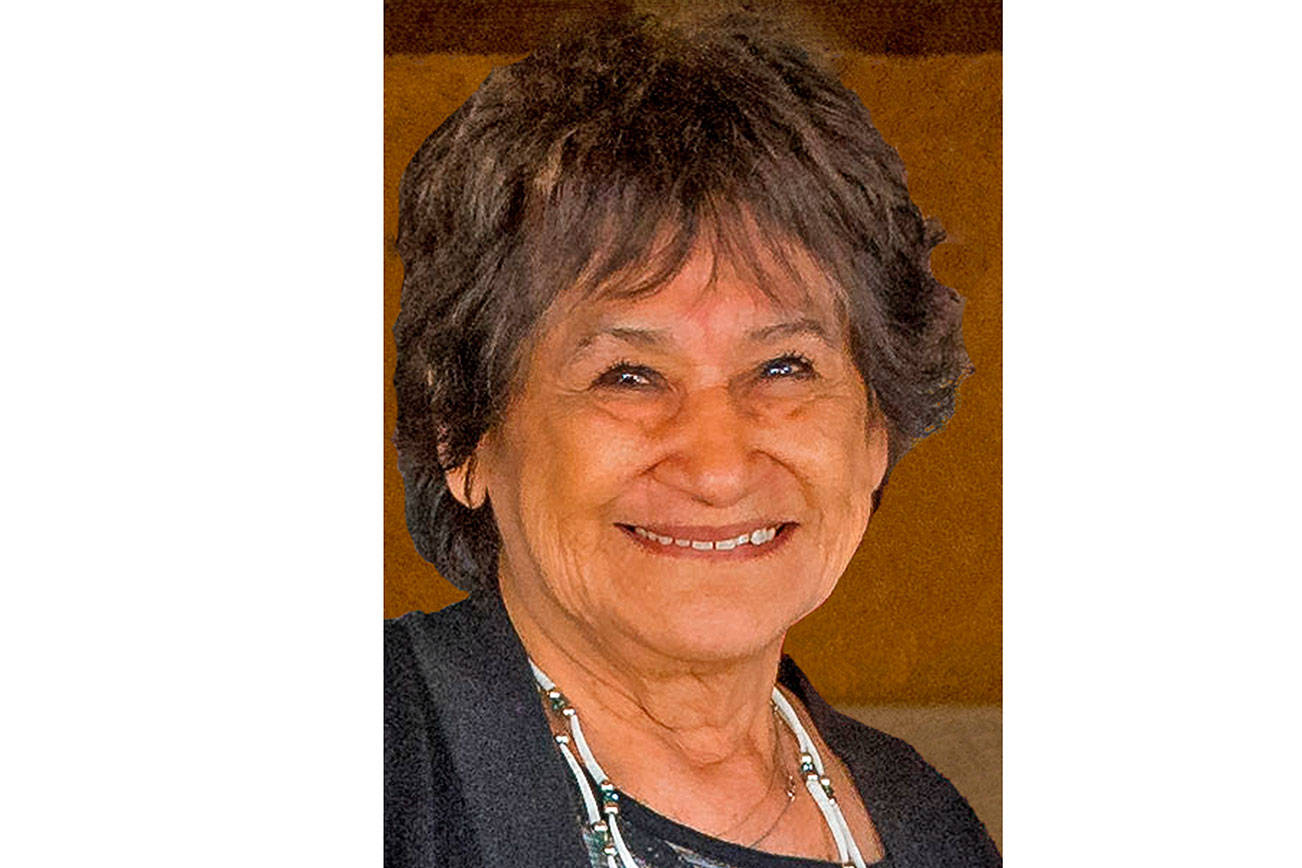The new state teacher evaluation system began with Engrossed Second Substitute Senate Bill 6696 from the 2010 legislative session. There had not been a change to the teacher evaluation system for over 25 years. The bill resulted in a change from a two-tiered rating system of satisfactory and unsatisfactory to a four-tiered evaluation system with ratings of unsatisfactory, basic, proficient and distinguished. The four-tiered rubric will allow the evaluator to provide feedback along a continuum, rather than just a simple satisfactory and unsatisfactory.
The Bill also identified eight new performance criteria by which teachers would be measured. These eight criterion include (1) Centering instruction on high expectations for student achievement, (2) Demonstrating effective teaching practices, (3) Recognizing individual student learning needs and developing strategies to address those needs, (4) Providing clear and intentional focus on subject matter content and curriculum, (5) Fostering and managing a safe, positive learning environment, (6) Using multiple student data elements to modify instruction and improve student learning, (7) Communicating and collaborating with parents and the school community, (8) Exhibiting collaborative and collegial practices focused on improving instructional practice and student learning.
School districts across the state began pilot programs to refine the teacher evaluation process, develop rules and procedures for the new system, as well as making recommendations for implementation. One of the major differences in the new evaluation system is the inclusion of student growth data. The evaluation must make use of multiple measurements of student growth data which will be included in the teacher’s performance rating.
Districts were also required to adopt a research-based instructional framework. To create better consistencies and common instructional language, districts were given the opportunity to choose from three research-based instructional frameworks which used a rubrics and four-tier rating system. An instructional framework provides for common language for the teacher and evaluator to use when they converse about effective teaching, providing feedback after observations and discussing student growth data.
Arlington chose the Charlotte Danielson Instructional Framework. The district has made effective use of our early release days to provide staff development focused on learning more about Danielson’s Framework.
The evaluation system also includes a comprehensive and a focused evaluation option. When evaluated with the comprehensive evaluation, the teacher will be scored on all eight state criteria, whereas the focused evaluation has the teacher focus their effort on one or two criteria. Both the focused and comprehensive evaluation will include a student growth element. Teachers will receive a comprehensive evaluation once every four years with some exceptions such as new or provisional teachers remaining on the comprehensive evaluation for multiple years.
Self-assessment, goal-setting, discussions on student growth, teacher’s professional growth, a summative evaluation and a reflection of their practice are all elements included in Arlington’s comprehensive evaluation. This process will strongly influence the professional growth for the staff member. The state has provided a grant to help support the implementation of the new evaluation.
The Arlington School Board adopted an implementation plan, which will result in all teachers being transitioned to the new evaluation system by the 2015-16 school year. This school year, approximately one-third of the 254 classroom teachers will be evaluated using the new evaluation system. Then, over the next two school years, the district will phase in the remaining two-thirds of its teachers.
School administrators are receiving training to become more effective evaluators. Elements of the training include Danielson’s Instructional Framework, use of the new rubric associated with the framework, observation techniques, avoiding potential bias and a major focus on calibration of performance observation and criterion scoring.
The goal of the new evaluation system is to improve teaching and student learning. The new evaluation system provides a focus on student growth data to drive instructional strategies and practices. It also provides the evaluator the opportunity to identify areas of needed growth and focus discussions around professional development and activities that will lead to improved practices.
Mike Johnson is the Executive Director of Human Resources for Arlington Public Schools, and can be reached at 360-618-6212 or via email at mjohnson@asd.wednet.edu.







